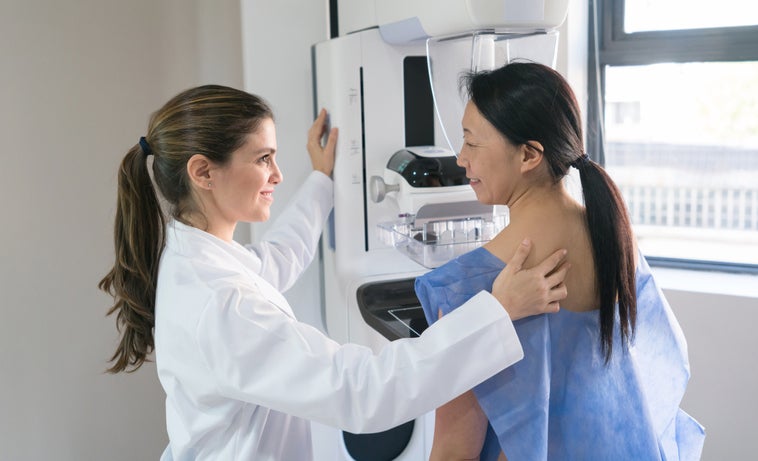
Mammograms save lives. In the United States, 1 in 8 women will be diagnosed with breast cancer in her lifetime. Screening mammography is the only method proven to reduce breast cancer deaths by detecting the cancer early before signs or symptoms. Early detection can lead to early treatment, more treatment options, and a better chance of survival. The United States Preventive Services Task Force (USPSTF) recommends that women who are 40 to 74 years old and are at average risk for breast cancer get a mammogram every two years.
Breast Cancer Screening as a Quality Measure
There are 4 individual measures included in the 2025 CMS MSSP program targeting high-cost chronic conditions, preventive care, and patient safety. Due to its prevalence and increased risk as individuals age, CMS has included “Breast Cancer Screening” as a quality measure, defined as:
This quality measure is included in various Medicare Advantage (MA) and Commercial quality programs. Patients excluded from quality reporting for this measure include those:
- using hospice or receiving palliative care
- with advanced illness and frailty diagnoses
- enrolled in an Institutional Special needs Plan (I-SNP) or living long-term in an institutional setting
- with a bilateral mastectomy
All types and methods of mammograms are acceptable in meeting quality reporting requirements. This includes screening, diagnostic, film, digital, and digital tomosynthesis. Not counted toward this measure are MRI, ultrasound, and biopsy.
Breast Cancer Screening Tips and Best Practices
- Consider ordering a mammogram every two years for patients beginning at 40 years old – or sooner when risk factors, such as family history, exist
- Educate patients about the importance of early detection and encourage testing
- Engage patients to discuss fears about mammograms and let women know the test is less uncomfortable and uses less radiation than it did in the past
- Provide female patients with a list of facilities that provide mammograms and schedule for them (if possible)
- Document date of service (at minimum, the month and year) and result of most recent mammogram in the medical record
- Document mastectomy and date of service (at a minimum, the year performed) in the medical record
Reference: 2025 Humana Quality Reference Guide, 2025 United Healthcare Quality Reference Guide, 2025 CMS Web Interface Measure Specifications


